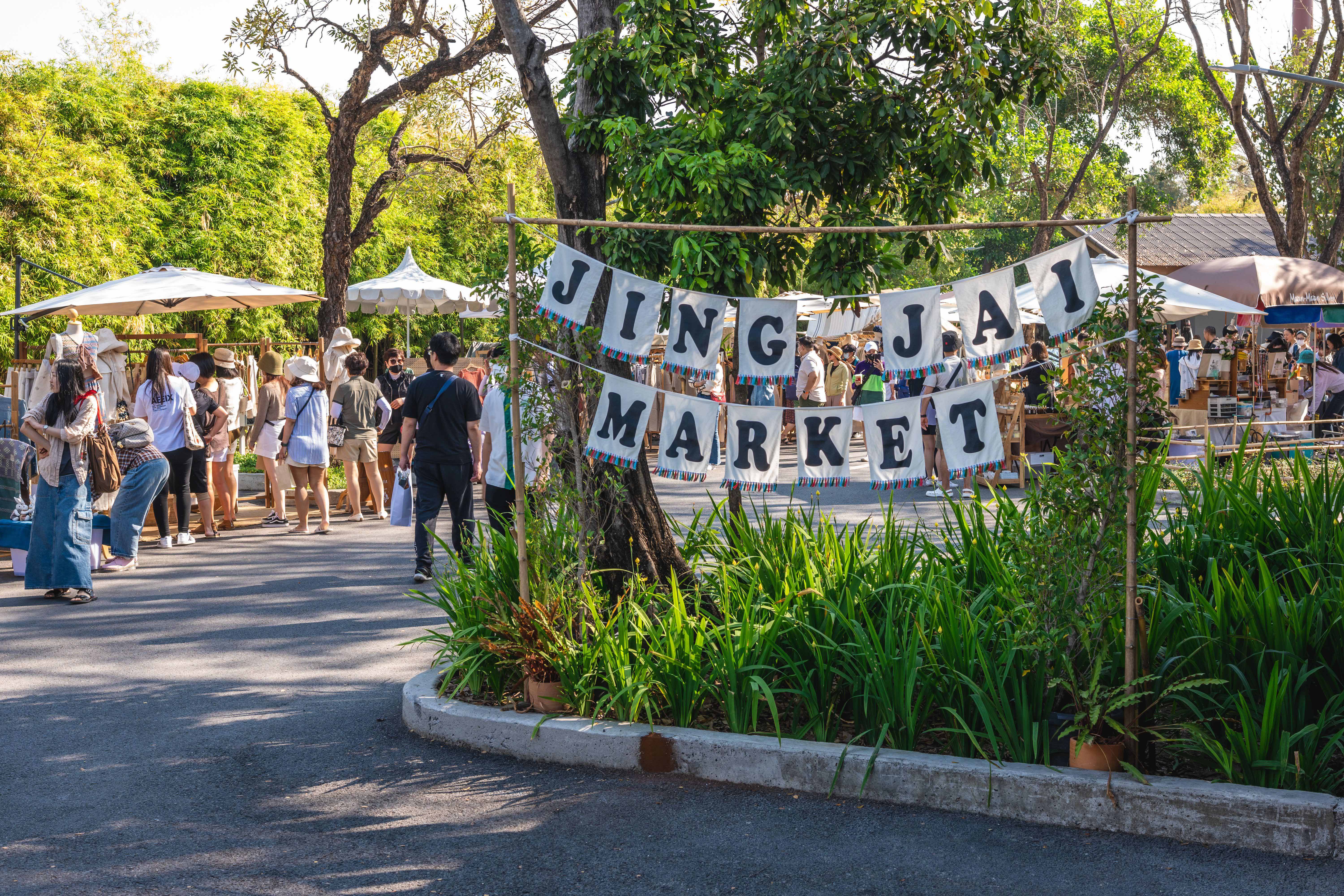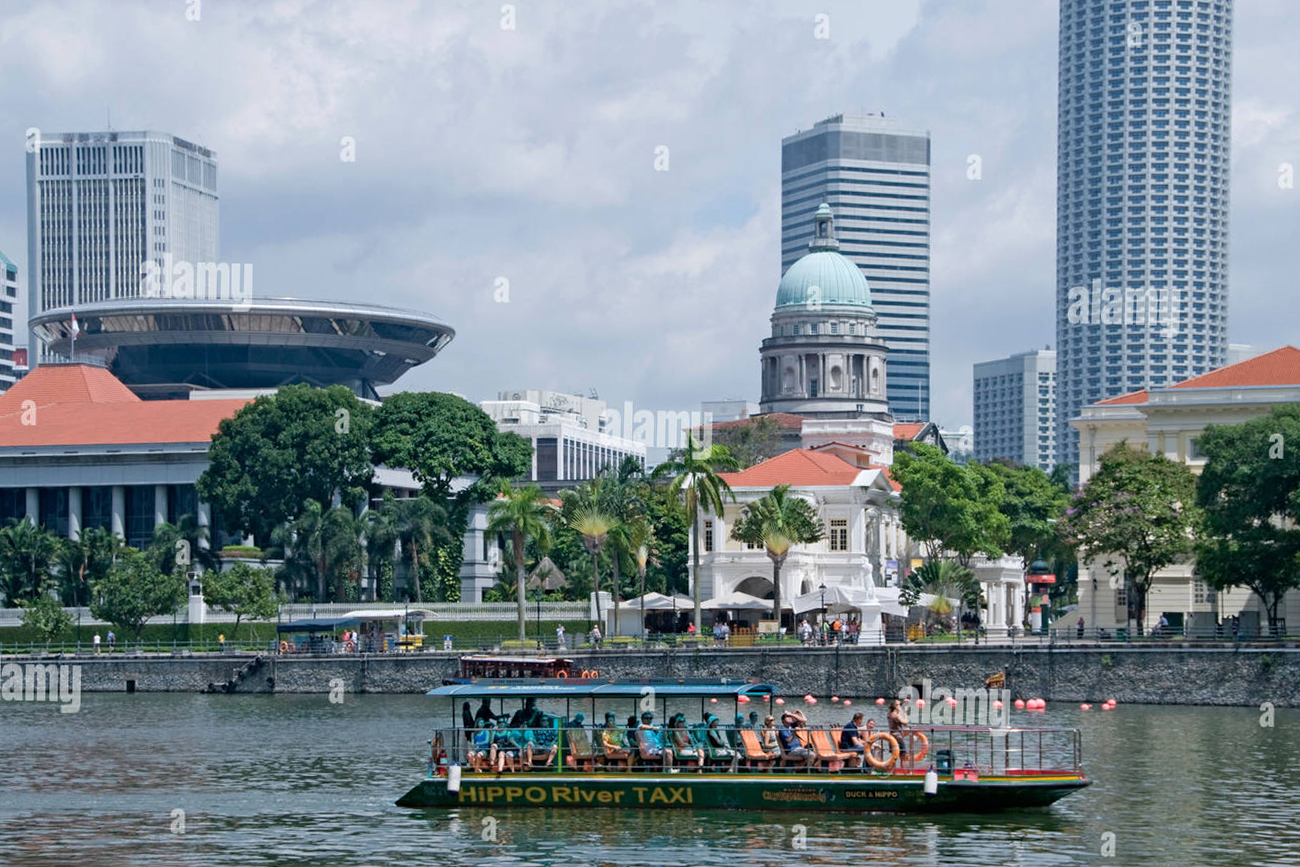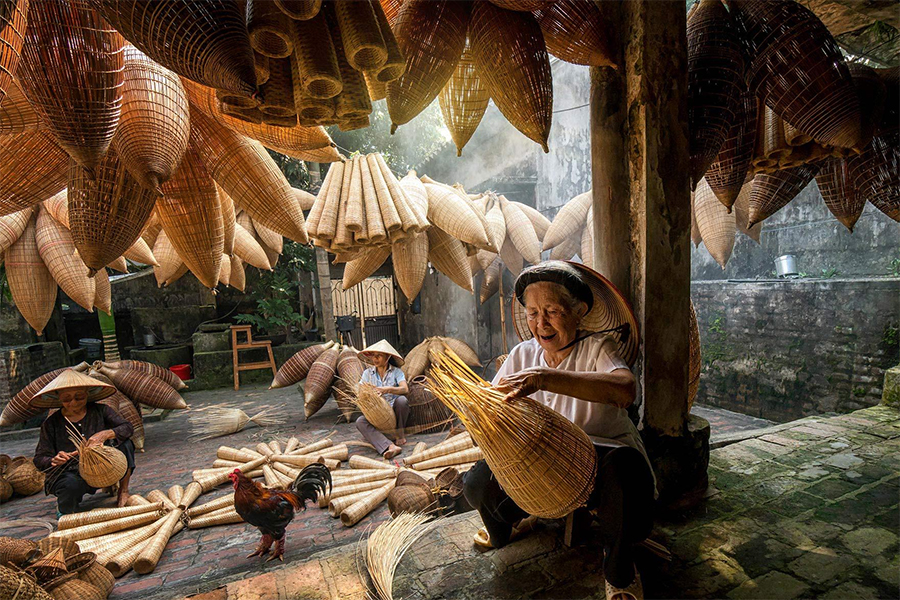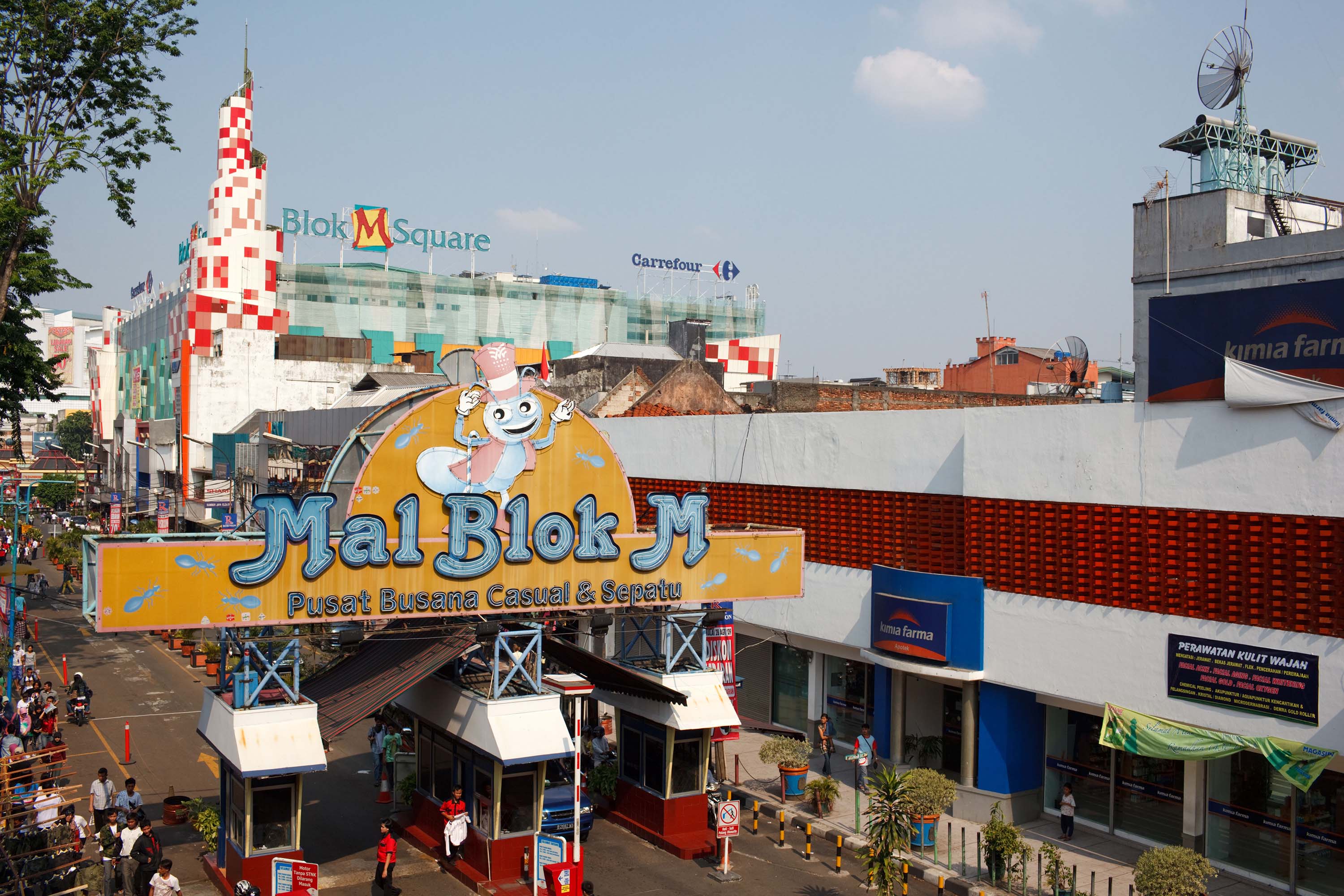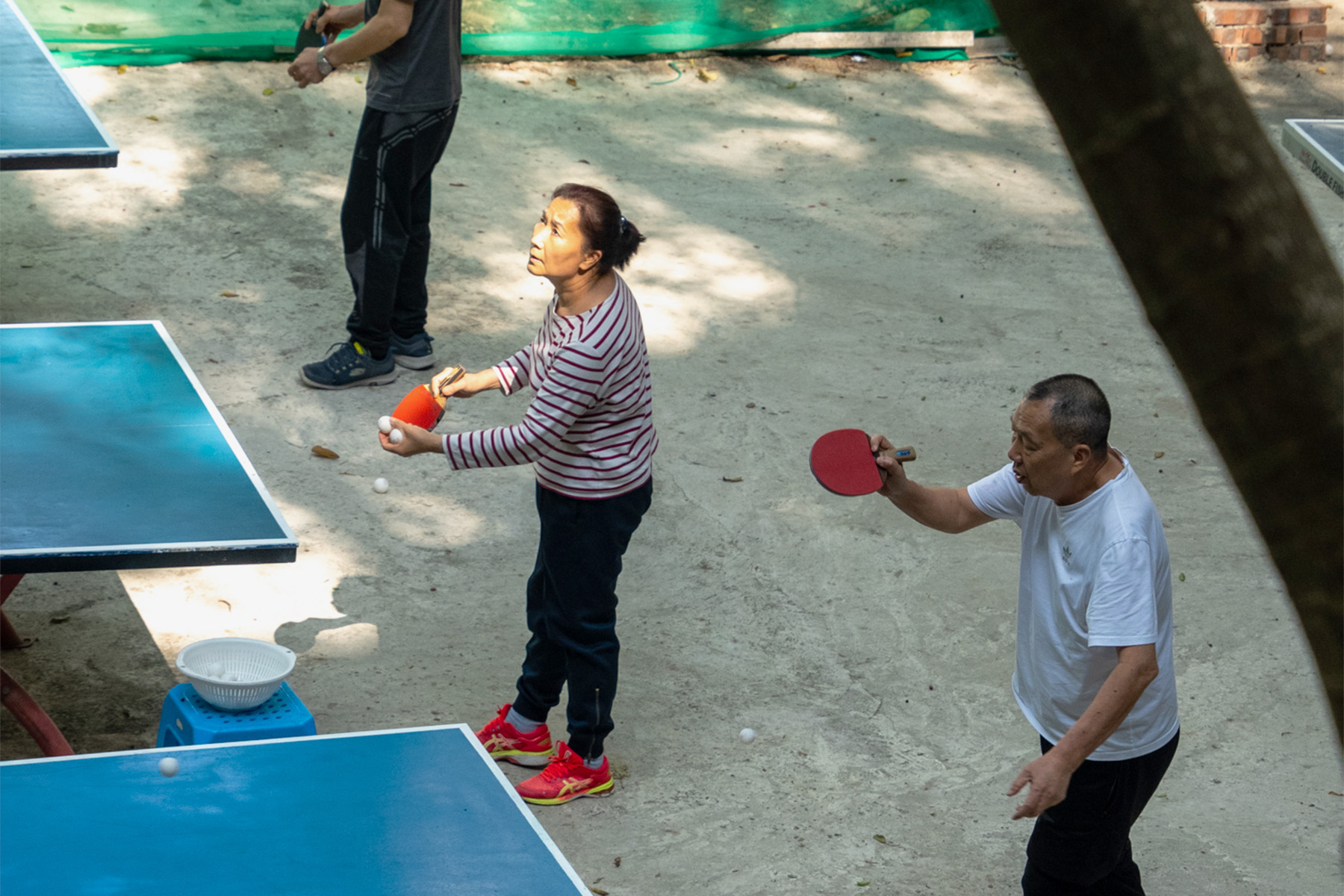In Malaysia, aging strata-titled malls like Wisma Cosway and Times Square in central Kuala Lumpur suffer from fragmented ownership and underinvestment, unable to modernise or adapt. With little incentive or ability for collective action, these complexes become relics of an urban model past its prime.
Yet a different story is emerging. In other parts of the country and in places such as Thailand, it’s not government policy but private actors who are driving the mall’s reinvention. Central Group’s Jing Jai in Chiang Mai, for instance, began not with luxury retail but with a farmers’ market. Over time, it has grown into a three-part creative complex incorporating food and craft retail, arts and community spaces, anchored in sustainability and local livelihoods. It supports more than 250 vendors, hosts seasonal exhibitions and lifestyle stores, and has launched Thailand’s first ‘green’ supermarket. The site’s success demonstrates how even outside the capital, retail can become a civic, ecological and cultural platform — without relying on the state.
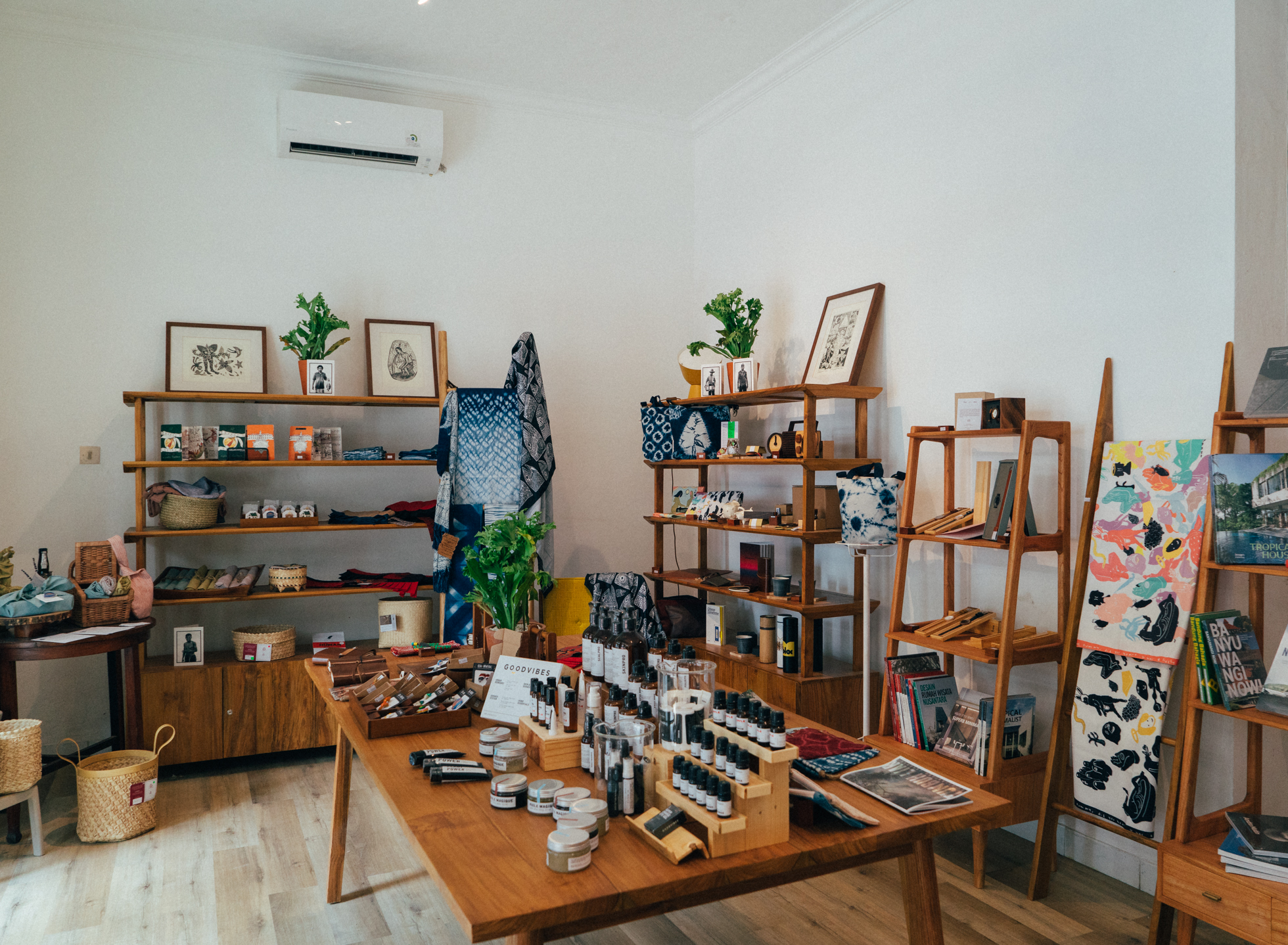
In Malaysia, similar re-imaginings emerge from the ground up. The Zhongshan Building in Kuala Lumpur’s Kampung Attap is now a beloved arts and culture hub, housing bookshops, indie galleries and design studios. Each tenant operates independently, but together they offer a curated, slow-burning alternative to the glass-and-steel mall. Indonesia, too, is getting in on the act, with notable initiatives including M Bloc Space and its family.
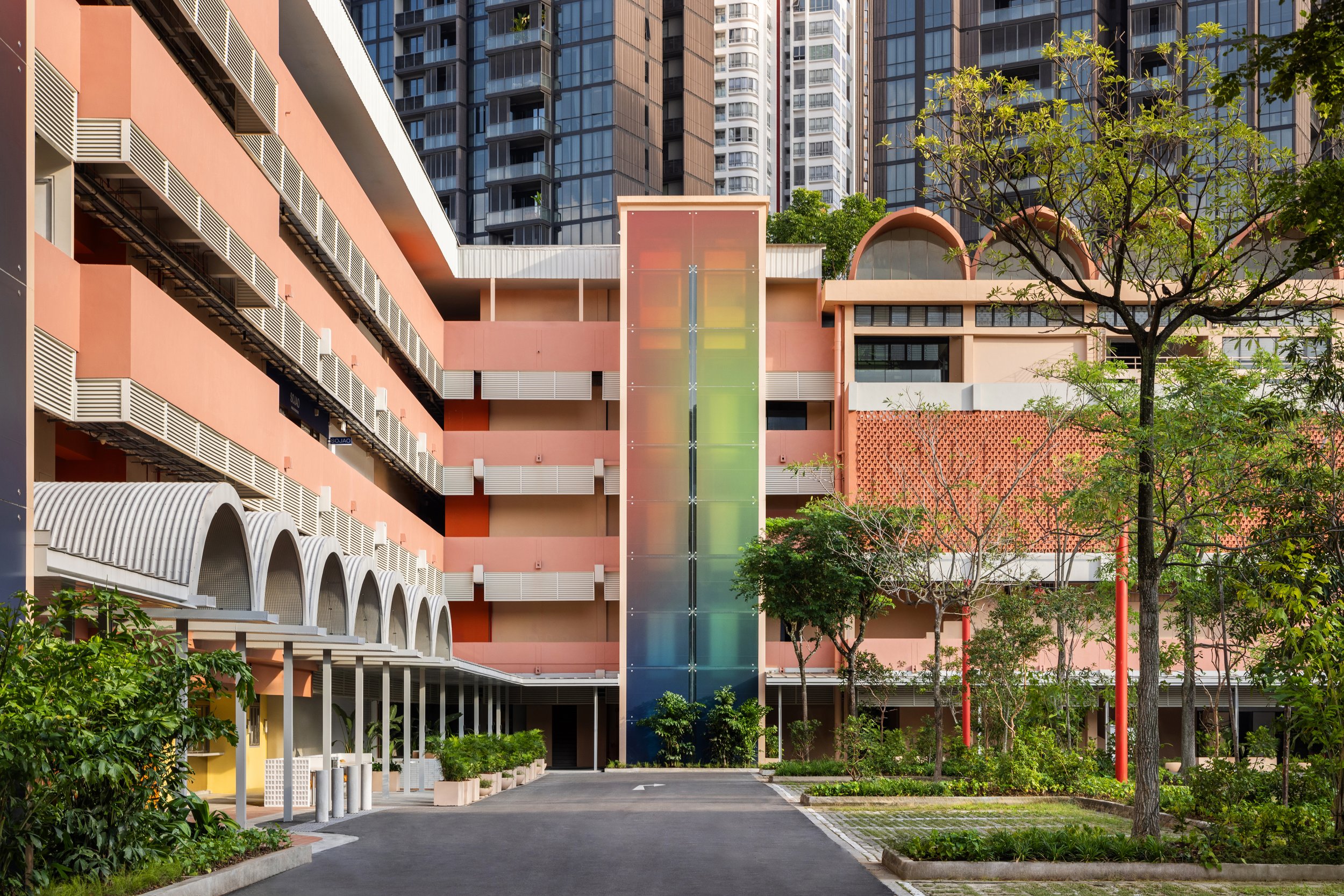
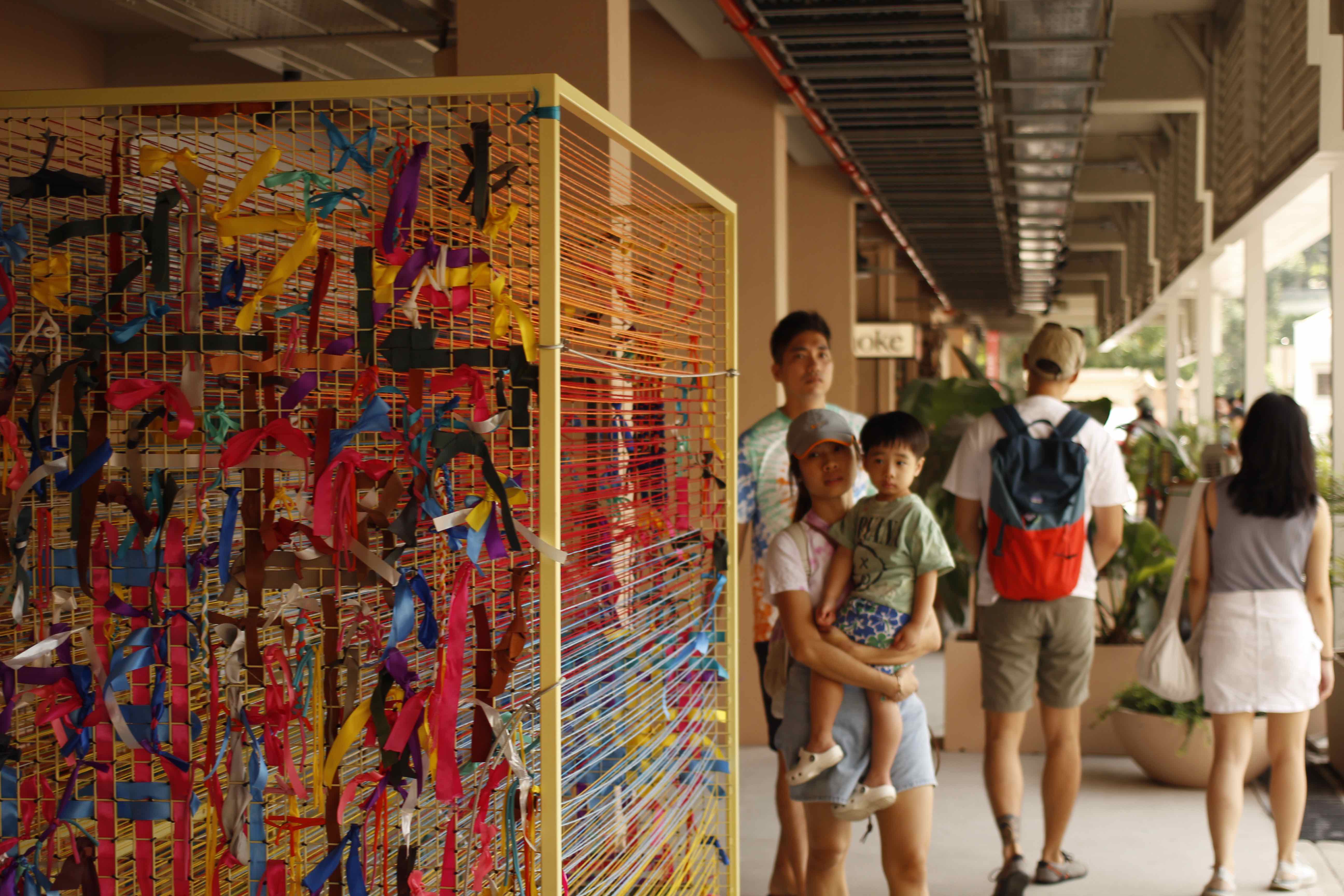
Singapore remains a hybrid case. State planning, Urban Redevelopment Authority (URA) and Singapore Land Authority (SLA) frameworks, and heritage policy play a key role. The most dynamic examples, such as New Bahru, which repurposes a former school into a 60-tenant creative campus, and Kada, a clinic-turned-lifestyle node, are conceptualised by private developers with a keen sense for placemaking and community programming. These ventures suggest that the future of malls may not lie in size or prestige, but in intimacy, texture and layered storytelling.
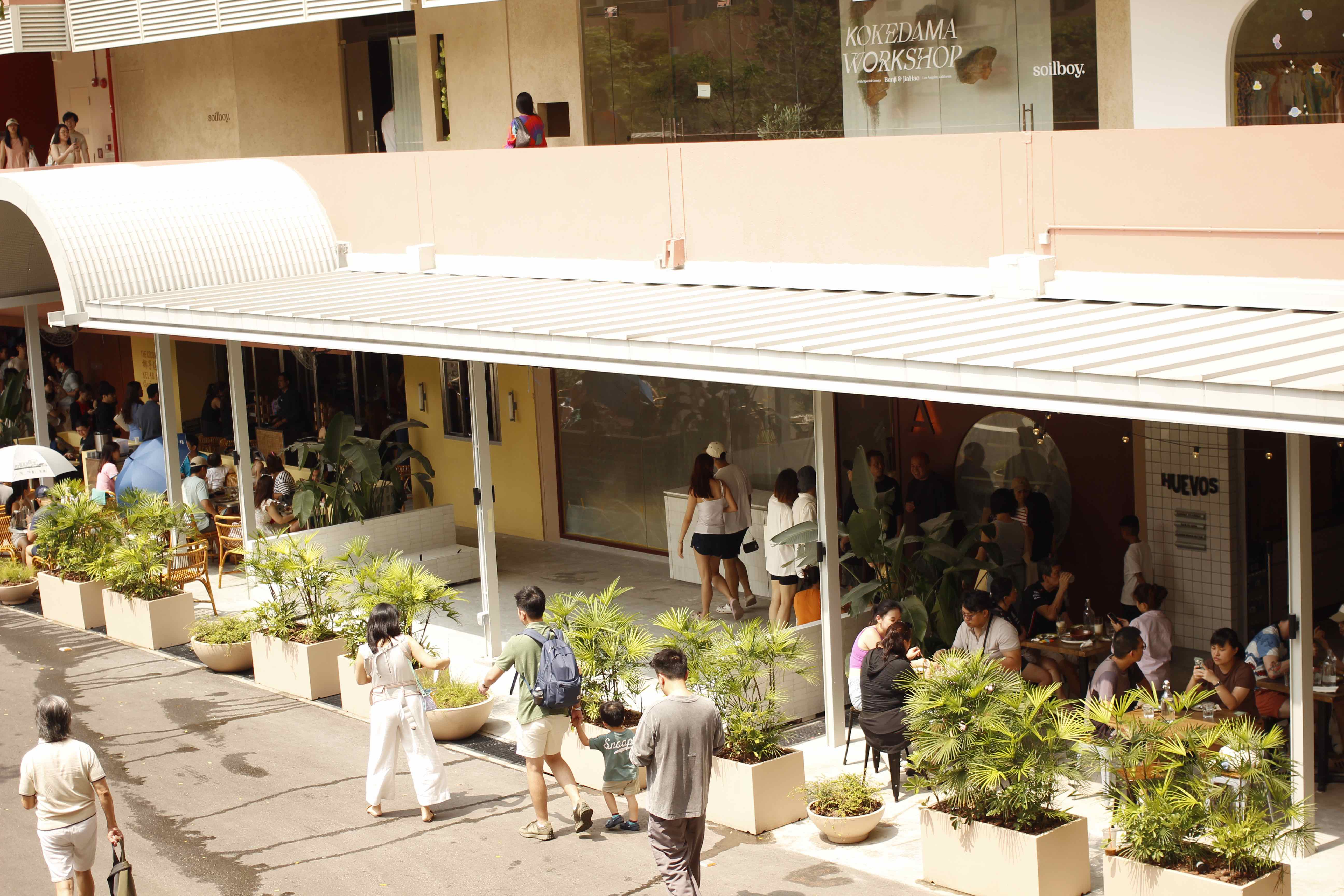
Crucially, what ties these efforts together is a shift in ambition. These are not malls as mere shopping destinations. They are experiments in urban rhythm, articulating new relations between commerce, heritage and daily life. But they also expose the uneven terrain of the region. Where governments are slow or absent, it is private interests — developers, landlords and small collectives — who shape the city anew. So the mall’s rebirth is not just architectural — it is entrepreneurial. And who gets to shape it is a question that matters.

